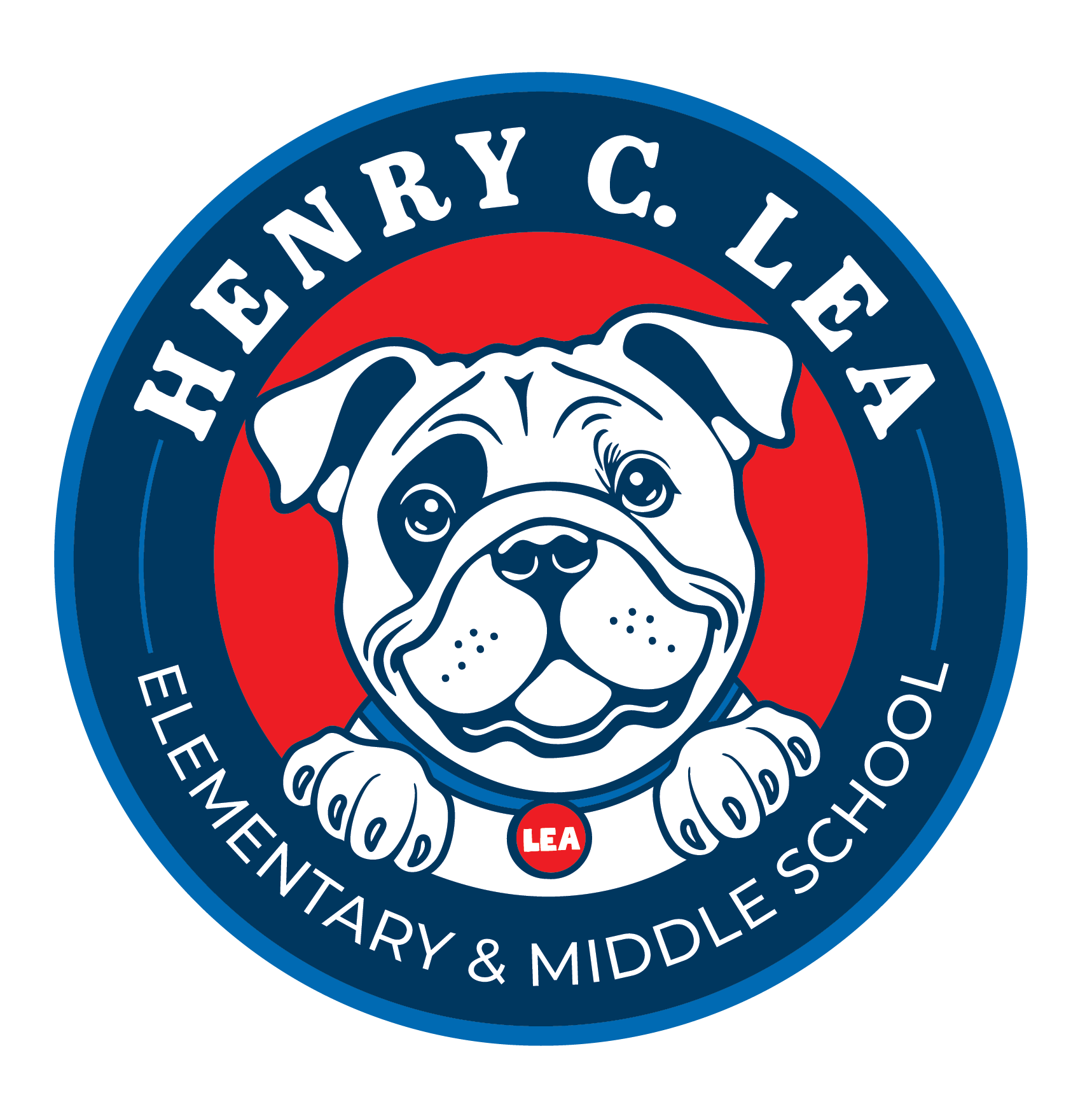History of Lea
The Henry C. Lea Elementary School was named after a Philadelphia historian, civic reformer, and political activist Henry Charles Lea.
Henry Charles Lea was educated at home. His tutor was Eugenius Nulty, a native of Ireland who taught Henry Lea and his older brother, Matthew Carey Lea, subjects such as Latin, Greek, the major European languages, mathematics, chemistry, botany, and celestial navigation. From the start Henry Charles Lea was encouraged to master far more difficult lessons than were commonly expected for a boy his age; he had a ready facility for languages and analytical thought.
Henry and Carey worked in the chemical laboratory of Booth & Boy. This chemical work led to Henry’s first published paper—at age 13—the subject being the salts of manganese.
Henry followed his father’s interest in natural history and wrote several papers on descriptive conchology. Henry also displayed a talent for drawing. He illustrated his own early articles on the fossil shells that he had collected. His drawings were used for the engravings illustrating his father’s revision of the Synopsis of the Naiades in 1838. Henry eventually developed an interest in poetry. He translated from the Greek poets and composed original verse. As he grew older, he often wrote satirical parodies of popular songs on political subjects.
Lea discovered and acquired most of his materials from European sources, purchasing manuscripts and incunabula as well as other early printed books. The room holding his collection, built in 1881 as an extension to his house at 2000 Walnut Street, was conveyed to the University of Pennsylvania in 1926 by Lea’s children.
Henry C. Lea Elementary School was built in 1914, two years after West Philly High School’s completion. The total cost of the school construction, installation of the heating, ventilation, plumbing, and electrical added up to $190,090.00 dollars. In today’s dollars, that would equate to a $4.2 million building cost. The construction cost did not include classrooms. Each classroom cost $6,554.80 dollars. There were 29 classes built in the school. There have been some changes to the school since it was initially constructed. Additional classrooms were added, and two playgrounds.
When the school was first raised it was about 926,724 cu. ft. Construction cost was $.205 per cubic foot. The designer of the building was Henry deCourcy Richards, and the superintendent J. Horace Cook.
The land was first donated on June 19, 1873 to Thomas C. Price and his wife Susan T. Price. It was there that Thomas C. Price School was built.
On May 4, 1911 John R. Drexel bought the land for $27,108.53 and three years later Lea was built.
In the days before heavy equipment, the school was built utilizing horse and carriage. There were many craftsmen participating in the building of Lea, including carpenters, masons, bricklayers, plasterers, etc. From the pictures above you can still see the Thomas C. Price school on the site as Lea was being built.
